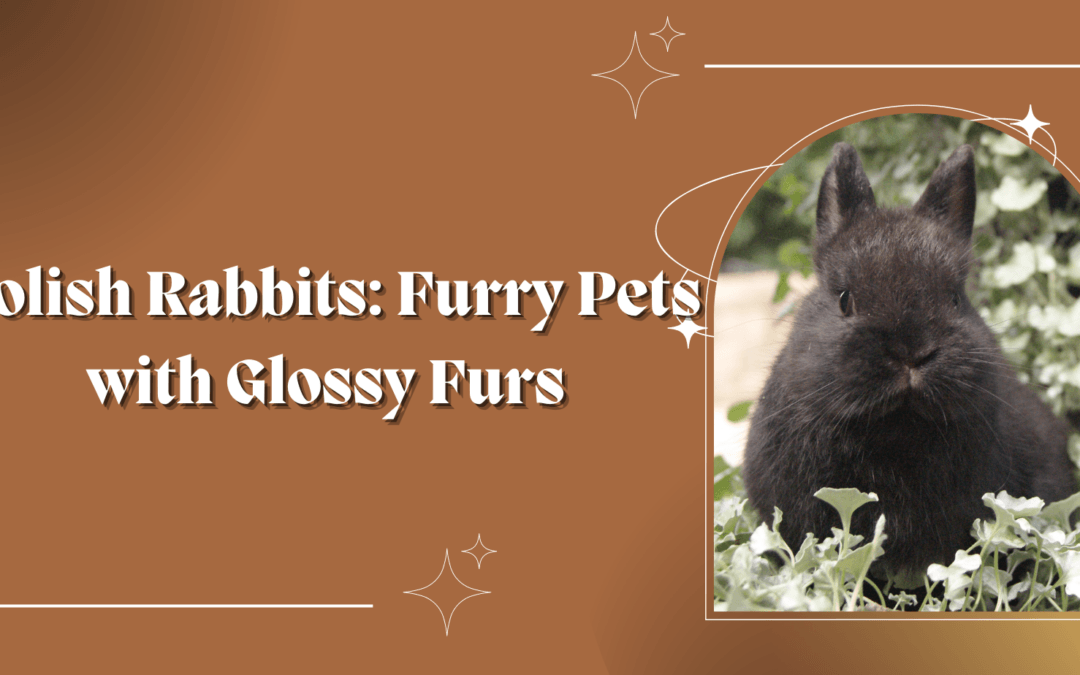Polish rabbits are intelligent bunnies used as props by magicians. But besides their charm to entertain, they are also lovely pets. These bunnies have short, glossy furs that are easy to maintain and groom. Because they are calm and friendly, they can get along quickly with their owners. Learn more about Polish rabbits through this blog post!
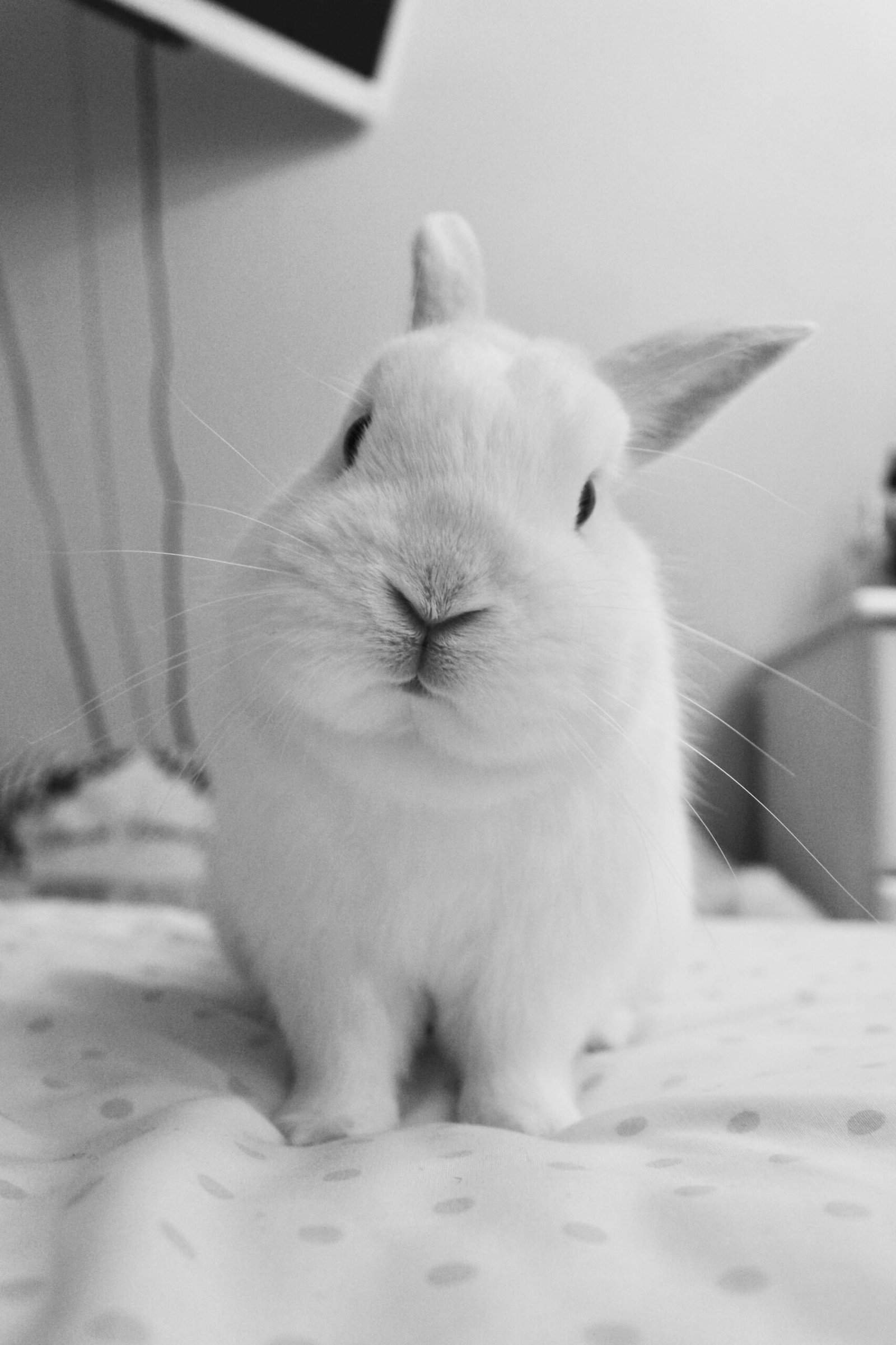
Facts about Polish Rabbits
| Body Size | Dwarf |
| Body Weight | 2.5 lbs to 3.8 lbs |
| Body Shape | Compact |
| Life Span | 5 to 6 years |
| Colors | Black, agouti, blue, white, chocolate, and broken pattern |
| Rarity | Common |
| Similar Breeds | Netherland Dwarf, Dutch rabbit |
| Best Suited for | Senior citizens, couples, singles, families with children |
| Origin | England |
Background and History
The exact origin of Polish rabbits is still uncertain. But it is believed that they were the offspring of the Dutch rabbit and the Himalayan rabbit in the 1600s. These bunnies appeared in Belgium, England, during the early 1800s. Breeders called them Polish because of the presence of polish in their glossy fur.
At first, Polish bunnies were used for meat production. Despite the smallness of its meat, it was a popular delicacy. But in 1884, breeders started to exhibit the bunnies. They began to become one of the most popular breeds by the 1900s. Soon, they were exported to the United States in 1912.
Despite not having a “dwarf gene,” Polish rabbits have only a maximum weight of 3.8 lbs. The American Rabbit Breeders Association (ARBA) recognized them in 1938. They became one of the first breeds acknowledged by ARBA under 4 lbs. Fanciers breed them for rabbit shows today. They are also popular pets both to experienced and new rabbit owners.

Features of Polish Rabbits
Body Size
Polish rabbits are not categorized as dwarf breeds, even though they can only grow from 2.5 to 3.8 lbs. Some breeders mistook them for Netherland dwarfs. However, Polish bunnies are larger and don’t have rounded heads. A Polish bunny has a compact body and well-rounded hips. Its full medium head has large eyes and full cheeks and muzzle.
For rabbit shows, the maximum weight of the senior buck and doe is 3 ½ lbs. The ideal size is 2 ½ lbs. Meanwhile, the junior buck and doe must only weigh between 1 ½ lb to 2 ½ lbs. Long and not well-rounded bodies are considered faults. This is also the case for flat, broad hips and protruding hips.

Coat
Dense and short, the flyback fur of a Polish rabbit is easy to groom and maintain. Its fine coat also has a polished sheen. As of now, ARBA recognized six different colors. The first approved color was red-eyed white (REW). It was followed by blue-eyed white (BEW), chocolate, and black bunnies. After some years, ARBA also accepted blue and broken pattern varieties.

Temperament and Behavior
Similar to most compact rabbit breeds, Polish rabbits are calm and good-tempered. They can quickly get along with children. But if you have small children, you must supervise them when handling these bunnies. Because of their size, they are more prone to injuries and falls. These rabbits are also friendly to their owners. They want to be picked up, cuddled, and petted.
Polish rabbits may not be the right one for you if you are busy. These bunnies are so active that you have to let them outside for five hours every day. If you fail to give them enough attention, they will become depressed and aggressive. It is better if you will let them occupy a room or let them live inside your house.
Naturally intelligent, Polish rabbits can learn many tricks. You can teach them how to pop out of the hats, so magicians use them for their magic tricks. These furry pets can also recognize their names and be litter trained. You only have to be patient and give them enough time for their training.
These rabbits are friendly to their owners but don’t like sharing their cages with other rabbits. They also love to chew and play around, so ensure to provide them with toys inside their cage. This breed is ideal for senior citizens, couples, singles, and families with children.
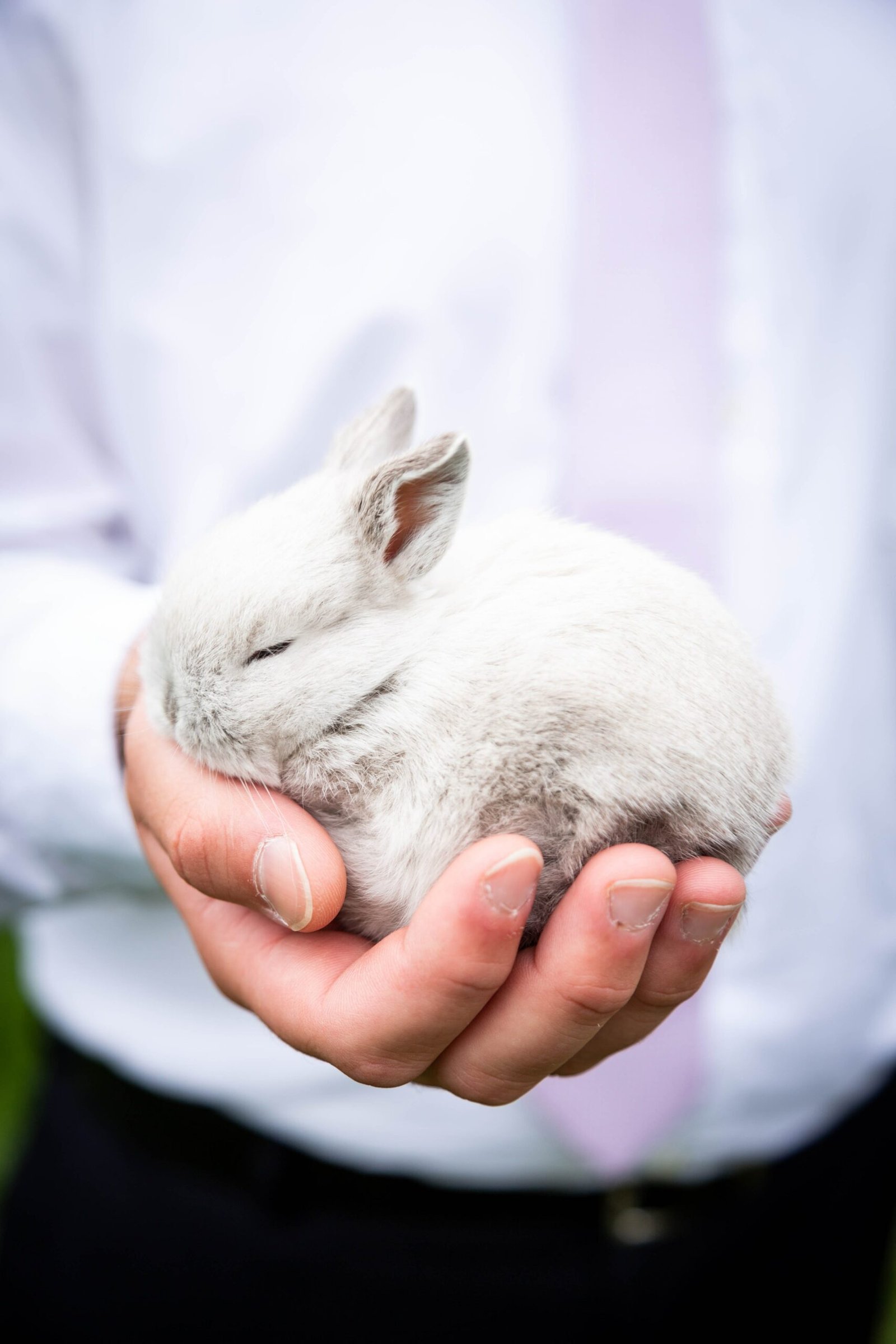
Grooming Polish Rabbits
Breeders find it easier to groom Polish rabbits. Since their coats are short, you only have to brush them twice a week. During their shedding seasons, brush them at least thrice a week. Neglecting their coats may lead to mating. Remember, you must use a small and soft brush since they have sensitive skin like other rabbits.
Trimming their nails monthly is also vital so they will prevent injuring themselves. Providing a scratching and digging area will help slow their nails’ growth. Leaving it to the professional is better if you are not confident in trimming your rabbit’s nails. You can visit a vet or go to a trusted groomer.
For dental care, you must give them enough hay to keep their teeth trimmed. Molar and incisor overgrowth may lead to severe health conditions. You can give chew toys to your bunny, or you can also provide them with non-toxic twigs. A regular visit to the vet will also help to keep their teeth monitored.
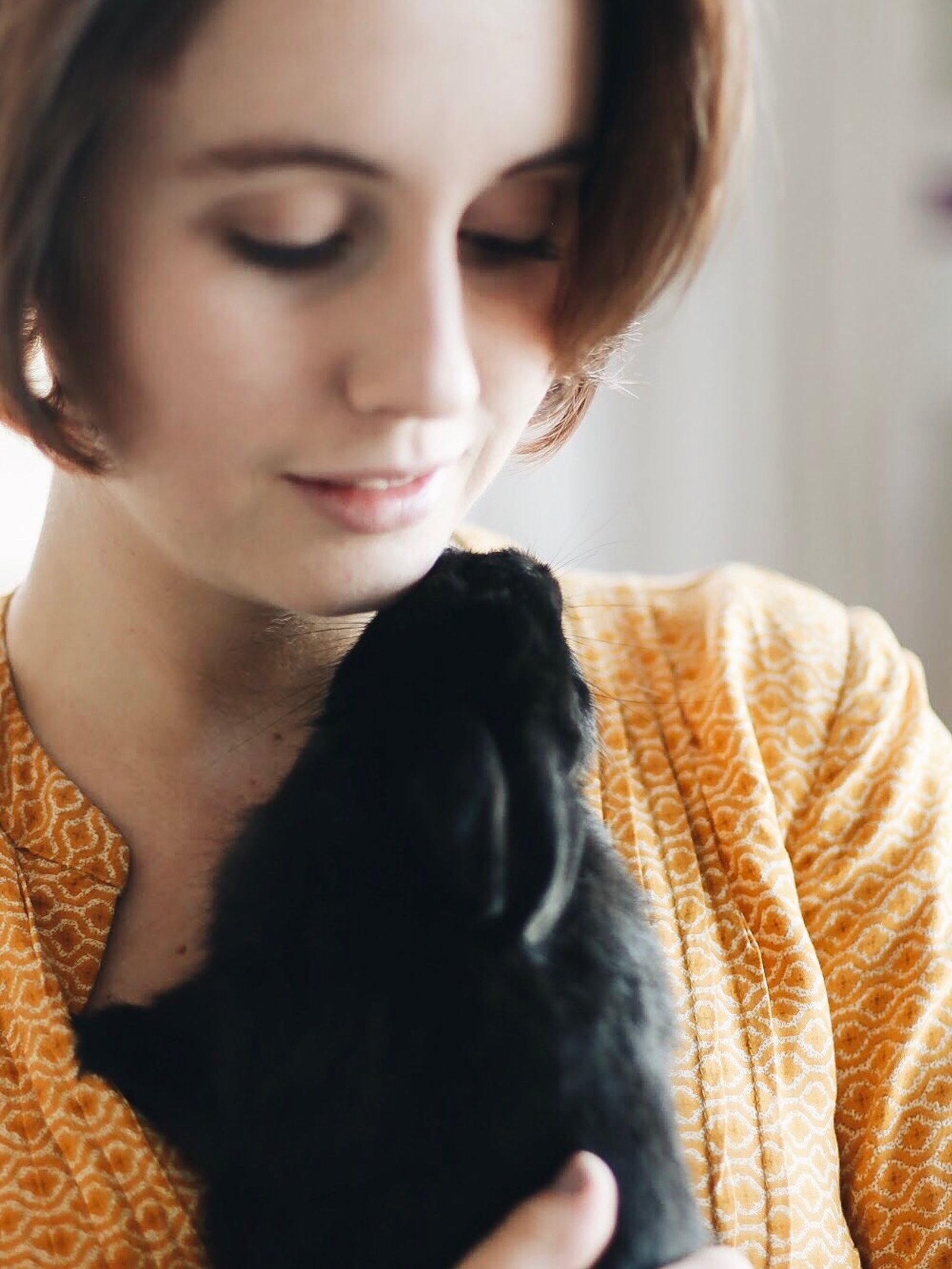
Proper Diet for Polish Rabbits
Providing enough food to Polish rabbits is necessary so they may live longer. Unlike giant bunnies, Polish rabbits don’t need to eat so much food. The food they need will depend on their age, size, and health condition. They also have sensitive digestion, so ensure that you provide them with the best rabbit food.
If you have a newborn Polish rabbit, it should solely depend on its mother’s milk until it is old enough to eat hay. Unfortunately, not all rabbits will feed their young, especially first-time mothers. In this case, an alternative is needed. You can provide the baby rabbit with a Kitten Milk Replacer (KMR) or goat milk. An oral syringe helps feed the bunny.
At three to four weeks, a baby bunny can consume solid food. You can introduce it to alfalfa hay, but only give it small amounts. During this time, the primary food of the bunny is still its mother’s milk.
Once the bunny turns two to six months, you must wean it to its mother and provide it with hay. The best option is alfalfa hay. Since alfalfa is rich in calcium and fiber, it can supply the nutrients needed by the rabbit for its growth. You can also start giving vegetables to them but in limited amounts only.
When the bunny is already over six months, you must replace the alfalfa hay with timothy hay. Too much calcium can result in urinary stones in bunnies. You can also add leafy greens, pellets, and treats to your rabbit’s diet. But make sure that you give the right amount since they may suffer from digestion problems.

Habitat
The perfect place for Polish rabbits to live is inside your house. Because they are small, they are vulnerable to predator attacks and extreme temperatures. If you live in an apartment, you can still put them in indoor cages since they don’t require too much space. The ideal size of the enclosure is 18” x 24”.
Choose a cage made of stainless steel wiring with a plastic bottom for ventilation. You must also put at least two inches of hay on the flooring to make it comfortable for your bunny to hop around. Don’t forget to place supplies inside the cage, such as food dishes and water bottles. You may also include hiding places and toys to keep your bunny entertained.
Building an outdoor hutch is also possible if you don’t have any indoor space. However, it must be above the ground so the bunny won’t get wet when it rains. Besides, it will be safe from dangerous insects like scorpions. The hutch must also be sturdy enough against strong winds and predators.
You must also put the cage in a shady place to prevent the bunny from suffering heat stroke. Since Polish rabbits can be jumpy sometimes, don’t put them in high-traffic areas. Provide them with a very peaceful spot.

Health Issues of Polish Rabbits
Kidney or Urinary Bladder Stones
Kidney or urinary bladder stones occur in bunnies with too much calcium in their diet. The excess calcium is excreted by the kidneys, which may result in the formation of stones. High-calcium rabbit foods include alfalfa hay, dandelion, chicory, and kale. Symptoms of kidney or urinary bladder stones are the following:
- Appetite loss
- Weight loss
- Lethargy
- Difficulty in urinating
- Presence of blood in the urine
- Pasty or thick urine
- Wetness around the genitals
- Abdominal pain
Once you have noticed these signs, you must go to the vet immediately. The vet will have to expel the stones by administering a high volume of fluids to remove them. Antibiotic therapy may also be performed. If the condition is already severe, the vet may conduct surgery. You will also be advised to change the diet of your bunny and provide it with regular exercise.
Fractured Backs
Polish rabbits can experience fractured backs because they can be mishandled and dropped. The bunny’s survival rate may depend on its condition’s severity. If the break is small, it can fully recover after a few weeks. However, some rabbits suffer from paralysis and nerve damage. Here are the signs that your bunny has a fractured back:
- Paralysis or loss of movements
- No reaction when touched
- Unable to control its bladder
- Swelling
- Defensiveness
- Making squeaking noises due to extreme pain
For severe cases, the vet may advise inpatient care to the bunny so that it can be monitored and taken care of. Painkillers will also be prescribed to alleviate the pain. Vets also offer physical therapy for bunnies with fractures; however, it can be costly.
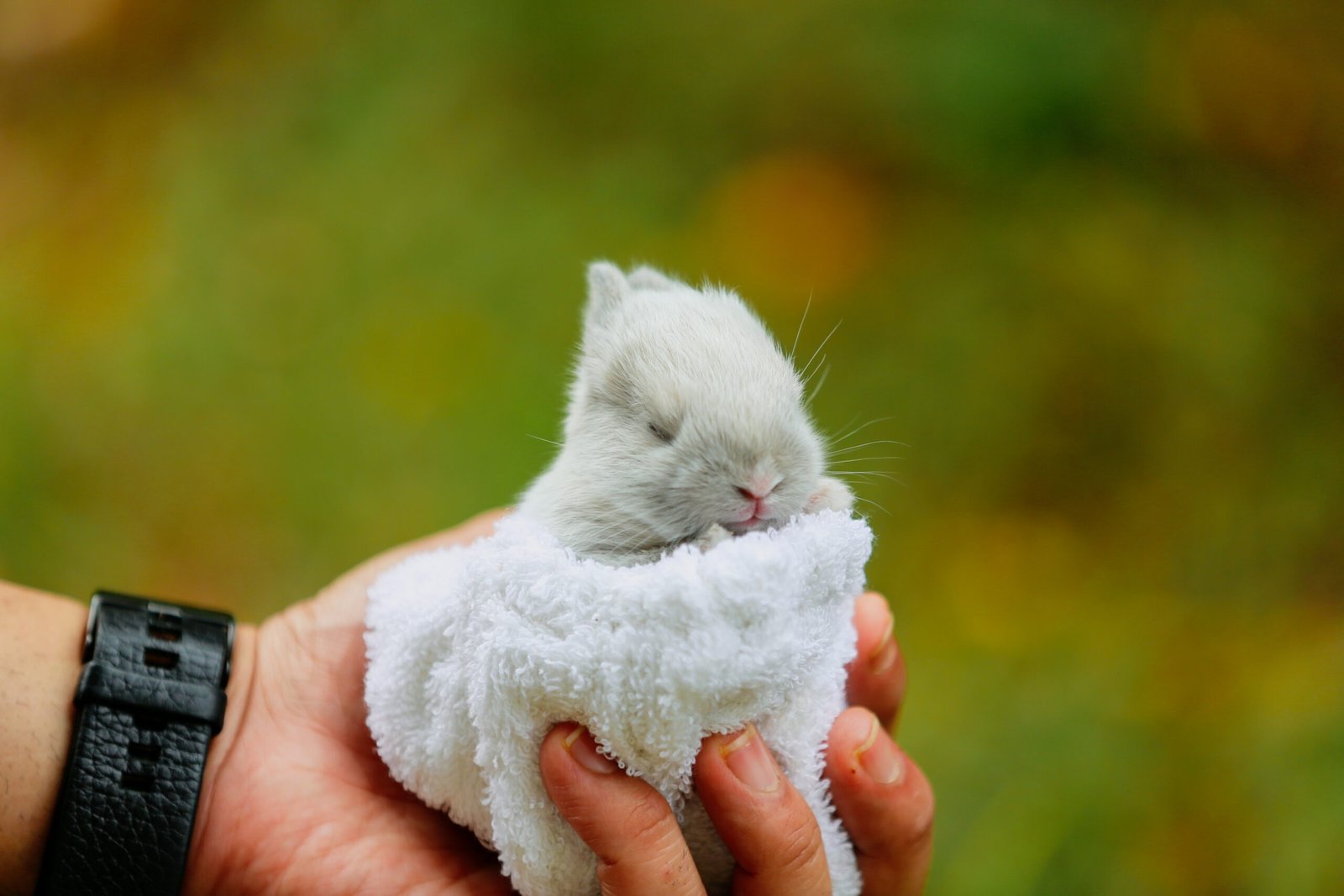
Frequently Asked Questions
Are Polish rabbits good pets for kids?
Polish rabbits are friendly, and they can get along with kids. However, you must prevent small children from handling them. They may drop or mishandle these bunnies, leading to fractured bones. If you plan to have them as pets, supervise your small kids when playing with these rabbits.
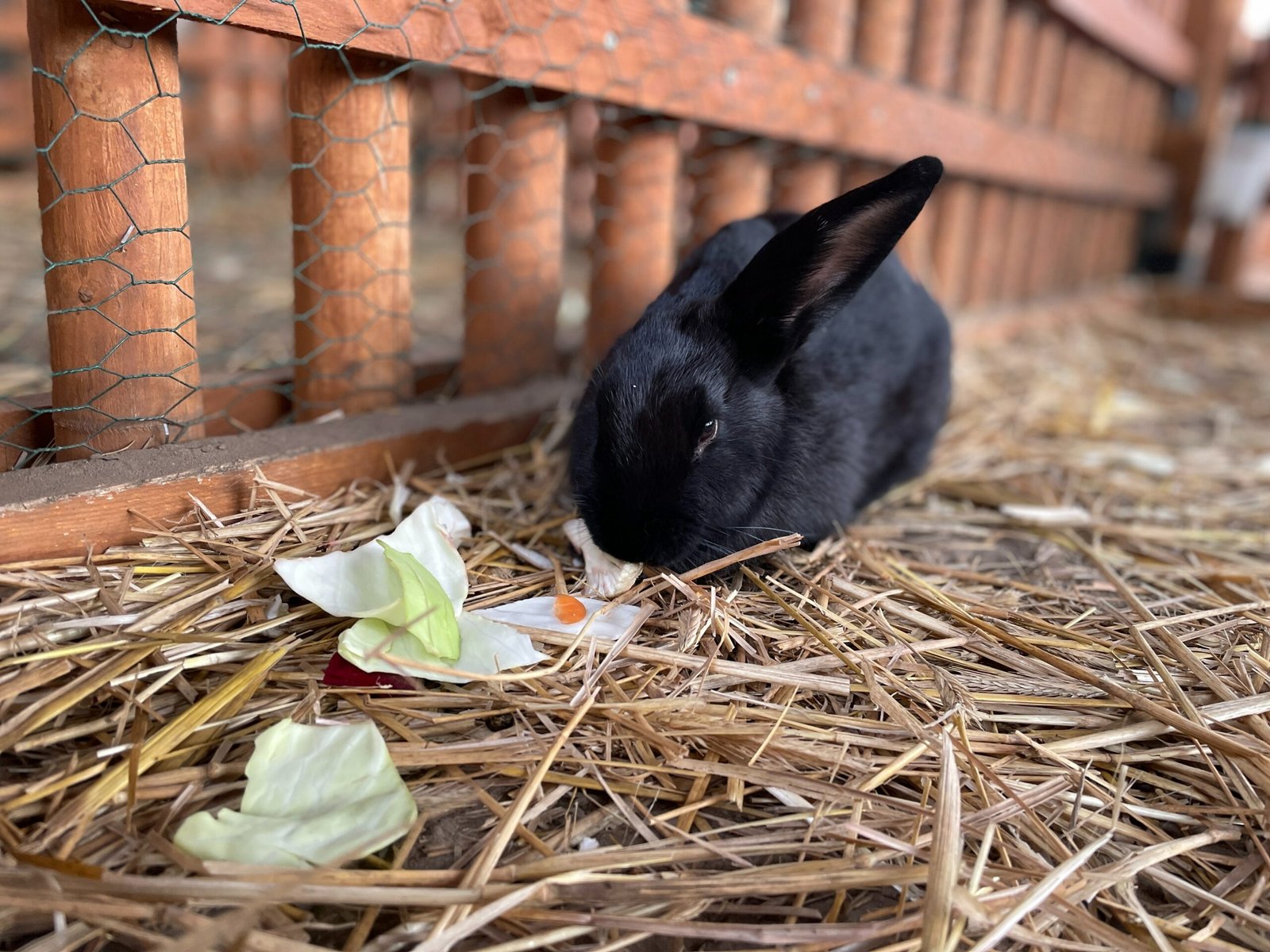
How much does a Polish rabbit cost?
The average price of a Polish rabbit is between $20 to $50. However, show rabbits may reach up to $100.
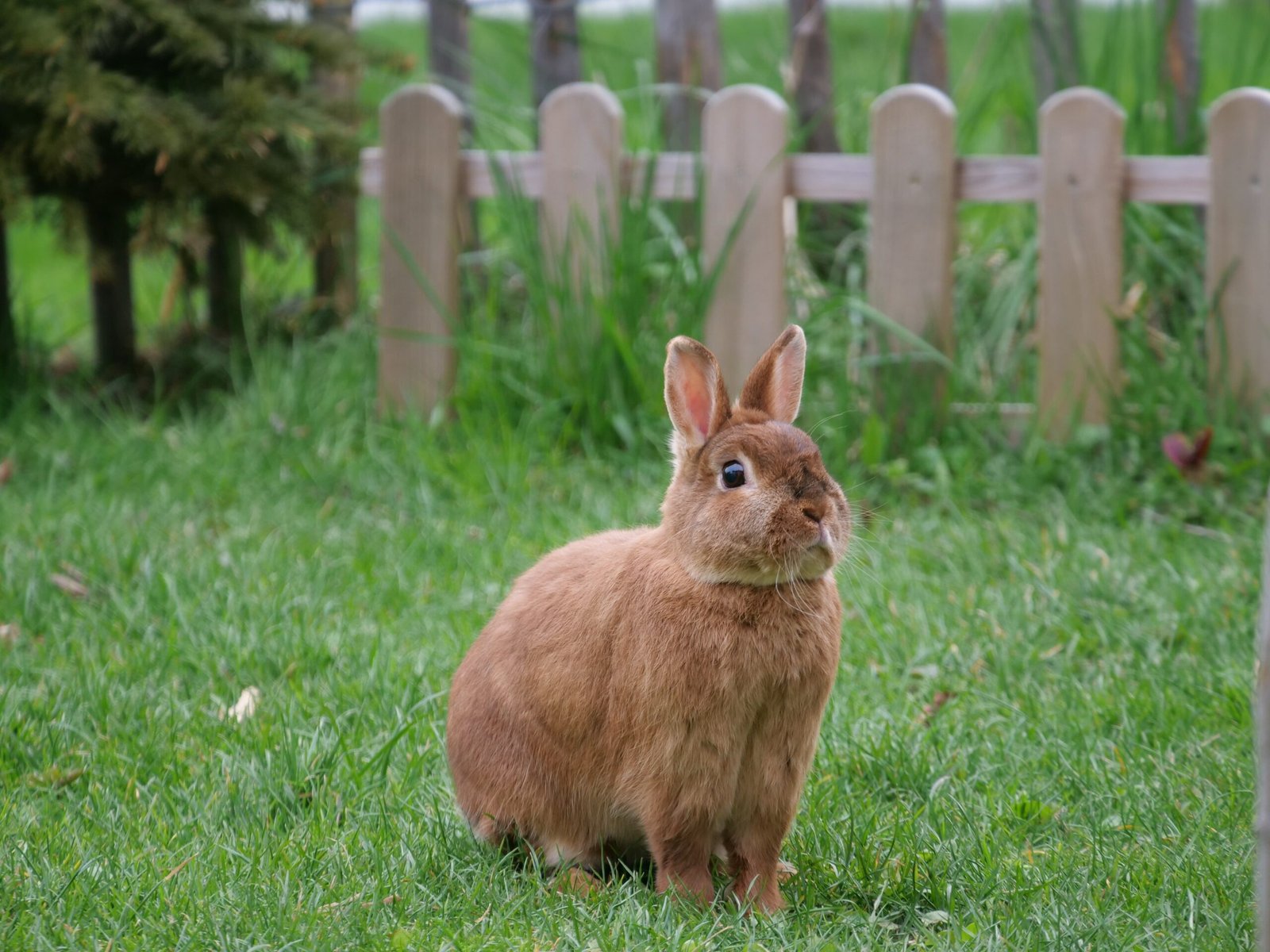
Why is it best to keep the Polish rabbits indoors?
Since Polish rabbits are small, they are more prone to predator attacks. They are also sensitive to extreme weather, like most rabbit breeds. Thus, they should stay indoors. Aside from that, they also need the attention of their owners. Living with you will make them happier.

Conclusion
Polish rabbits are great pets because they require less grooming. They are good-tempered and friendly. However, they need the utmost care like any other bunnies. Their tiny bodies need proper handling. Also, these bunnies long for the attention of their owners. Ignoring them can lead to depression and aggression.
Read More


